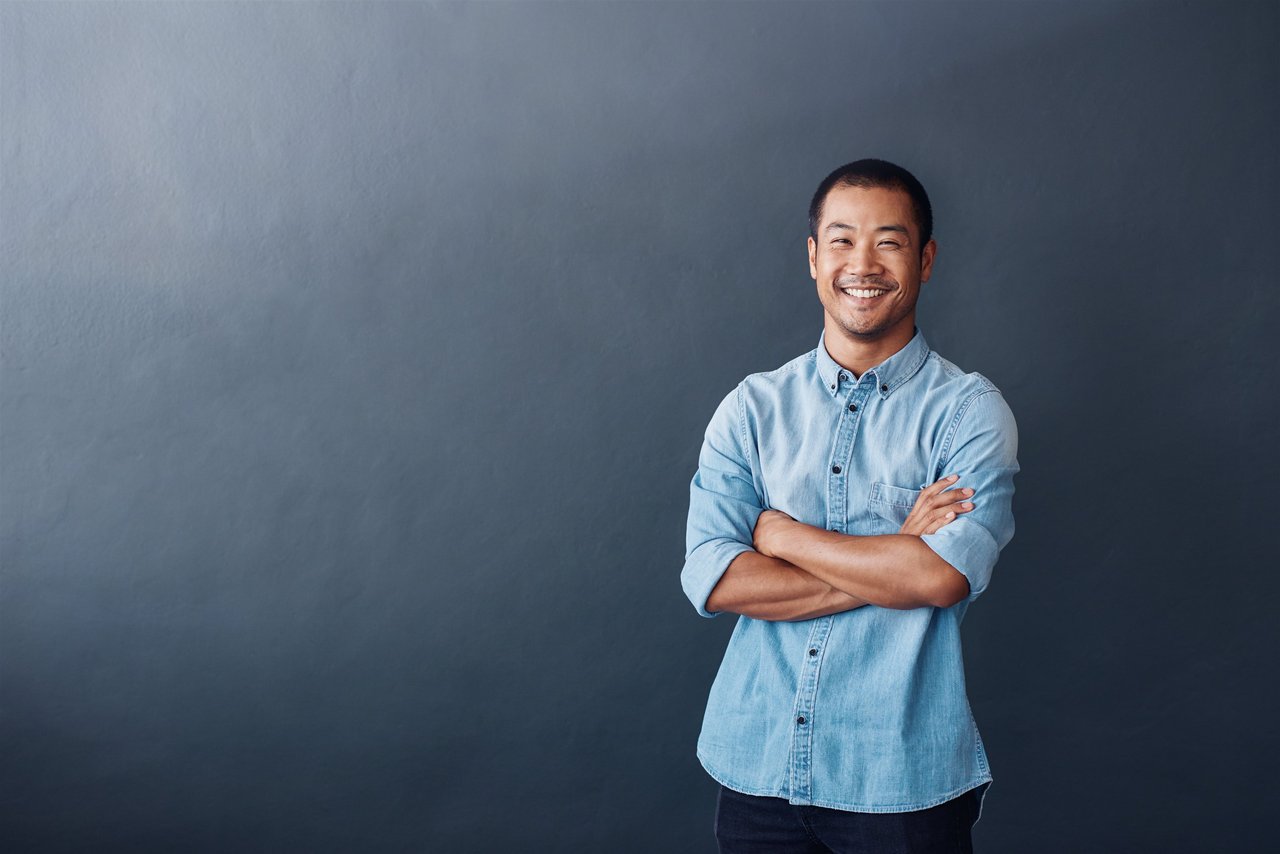Effective Dating Tips for Gay Men to Get Started and Find Love
Getting started with dating can seem like stepping into unfamiliar territory, especially when you're a gay man navigating a world where expectations and experiences differ. The first key to dating success is to take initiative—don’t wait for love to just happen. Put yourself out there by attending events, joining online platforms, or simply reaching out more openly. Taking calculated risks means you show your true self instead of hiding behind fear or doubt.
It’s important to balance caution with courage; rejection is an inevitable part of the process but also an essential teacher. When you understand that each step forward, whether it’s a yes or a no, brings you closer to meaningful connections, dating becomes less about pressure and more about discovery. Whether you’re messaging someone first or suggesting a meet-up, these initiatives can lead to budding romance.
Remember, dating is a chance to learn more about yourself as much as about others. Starting this journey with genuine curiosity and openness is your best dating tip. The courage to begin is often all it takes to ignite attraction and connection.
Characteristics of a Healthy Gay Relationship Focused on Stability and Support
When thinking about what makes a healthy gay relationship, stability and emotional support top the list. Unlike the common stereotypes, same-sex couples often face unique challenges that demand an extra layer of emotional connection and mutual understanding.
Stability comes from clear boundaries and the ability to lean on one another without losing individuality. Emotional connection thrives when both partners feel safe to express feelings, support queer identities, and nurture intimacy with respect. Romance here isn’t just about grand gestures; it’s in the daily acts of kindness, listening, and vulnerability.
Building a healthy gay relationship means actively creating a space where both partners feel validated and cared for even amid external pressures or relationship challenges common in gay romantic relationships. Such stability fosters trust, making the bond resilient against outside stressors. Investing time and emotional energy in these core areas helps craft relationships where love doesn’t just survive—it flourishes.








